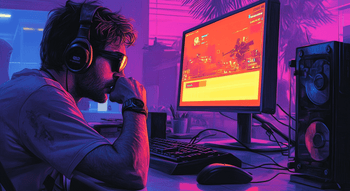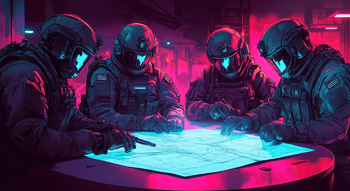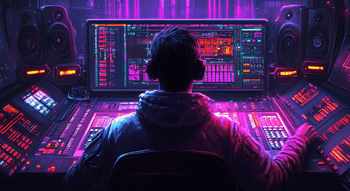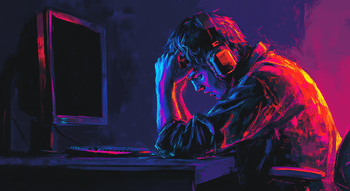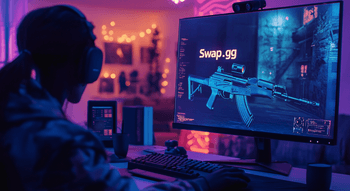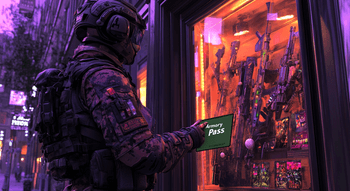How to Trade Up in CS2: Guide
Contents
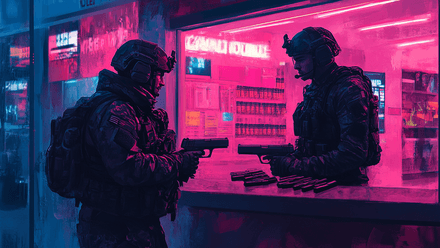
CS2 trade-up contracts are an exciting feature that allows players to upgrade their lower-tier skins into coveted higher-tier items. This trade-up contract guide delves into the mechanics, risks, and strategies behind CS2 trade-ups, empowering you to enhance your inventory with confidence and even turn a profit.
What Are CS2 Trade-Up Contracts?
CS2 trade-up contract is a system that lets you exchange ten skins of the same quality tier for a chance to acquire a single skin of a higher tier. The upgraded skin is randomly selected from a pool determined by the collections of the input items.
The concept of upgrading items through trade-up contracts began as a simple system in earlier Counter-Strike versions. In CS2, it has been refined to offer greater flexibility and usability. You now have more control over the process, thanks to improvements in interface design and enhanced feedback mechanisms. This evolution underscores how trade-ups have become a staple feature in CS2, merging gameplay with economy-driven mechanics. It allows you to combine strategic planning with a touch of randomness, making CS2 trade-up both exciting and potentially profitable.
Here are the three fundamental components of CS2 trade-ups:
- Next-Tier Upgrades: Trade-ups guarantee a skin of the next higher grade, such as upgrading from Industrial Grade to Mil-Spec.
- Float-Based Condition: The condition (float value) of the upgraded skin depends on the average float of the input items. Thus, if the skins you input are averaging at 0.7 floats, you're more likely to get a Factory New skin from the trade-up.
- Collection-Driven Rewards: The pool of potential upgrades depends on the collection of the input items, making skin selection critical to the process.
Here’s a brief example of a CS2 trade-up:
Imagine a player who has ten Mil-Spec skins from the Train and Mirage collections. The player in question inputs these skins into a CS2 trade up contract, after which the system randomly selects an upgrade from the Restricted skins available in those collections. The upgraded skin could be a popular weapon design, enhancing both its value and appeal. However, if your input skins average a float value of 0.15, the resulting item is likely to be Minimal Wear. However, higher float values could yield lower-condition results, such as Field-Tested or even Factory New.
This example highlights the importance of strategically selecting input skins to influence both the trade-up’s outcome and its overall value.
How to Trade Up in CS2
Executing a CS2 trade up is simple but requires attention to detail for the best results. Here's a step-by-step guide:
Open the Trade-Up Contract: Go to your inventory in CS2 and select the “Trade Up” option.

Choose Ten Skins: Select ten skins of the same quality tier. Ensure that every single item is from collections that are aligned with your desired outcome.
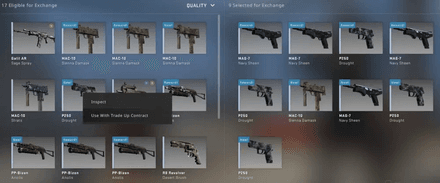
- Check Input Details: Double-check the skins' float values and collections to maximize your chances of success.
Submit the Contract: Confirm your trade-up and the system will generate your upgraded skin.
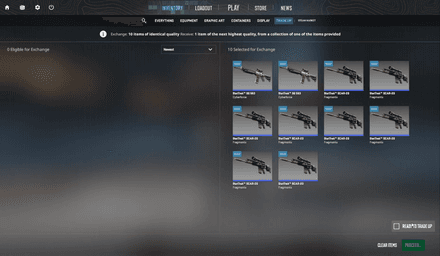
Review the Results: The condition of the resulting item depends on the average float of your input skins.
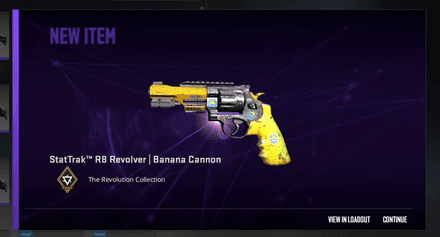
Requirements for CS2 Trade-Up Contracts
There are three main requirements for the trade-up contract in CS2:
- All input items must belong to the same quality tier (e.g., Industrial Grade, Mil-Spec).
- Knives, Souvenir, Contraband, and Consumer Grade skins cannot be used.
- Some collections, like The Bank, can’t really be used to obtain high-end skins through those trade-ups since there aren’t any upper-rarity items.
By meeting these criteria, players can optimize their trade-up results while reducing the risk involved. Everything else, like float values you choose for weapons to trade, is rather a recommendation than a requirement.
CS2 Trade-Up Contracts Risks & Limitations
While CS2 trade-up contracts are rewarding, they also carry inherent risks:
- Random Outcomes: The resulting skin is selected randomly from eligible collections. This means that even with strategic input selection, there’s no guarantee of obtaining a specific upgrade. Still, there are a lot of guides about which skins have the most value when trading up.
- High Costs: The total value of input skins can exceed the value of the upgrade, especially if the resulting skin isn’t a high-demand item.
- Float Restriction: Suboptimal float values can negatively affect the condition of the resulting skin, reducing its resale value. Even a single Battle-Scarred skin can downgrade the whole trade-up contract.
To minimize these risks, you should:
- Research market trends to identify the most valuable upgrades.
- Focus on collections with high-demand items to maximize potential rewards.
- Avoid using expensive skins with poor floats, as these can diminish the outcome's value.
Tips for Profitable Trade-Up
To succeed in making some CS2 profitable trade-ups, players must adopt effective strategies. Here are some tips for maximizing profitability:
Analyze Market Trends
Monitor the Steam Market data or third-party platforms to identify undervalued skins and collections suitable for trade-ups. Using those platforms, you can track the latest trends and predict price fluctuations. Understanding market cycles, such as the increased demand for specific collections, can significantly enhance trade profitability.
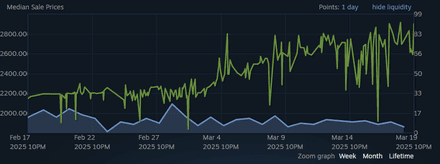
Optimize Float Values
Prioritize skins with low float values to ensure the resulting upgrade has a desirable condition because lower floats can increase the item's resale value significantly. Thus, pretty much any Factory New skins command a premium in the market, making them a sought-after result for many players. On the other hand, if you have a lot of Battle-Scarred items, it makes sense to trade them up together. Yes, the resulting item will be of high float value, but it is still often better than the same condition for the low-grade skin.
Leverage Collection Synergies
Combine input skins from collections that offer high-value upgrades. Combining items strategically can enhance the chances of obtaining lucrative results. For example, inputting skins from popular collections like Dust 2 or Anubis can yield higher-demand upgrades.
Minimize Costs
One strategy for reducing costs is to purchase inexpensive skins during sales or market dips. These items can serve as effective inputs for trade-ups, allowing players to reduce their overall investment while increasing profit potential.
By applying these strategies, players can improve their odds of success and ensure a profitable trading experience.
Tools for Successful Trade-Up
Here are some tools you can use to optimize your trade-up strategies, maximizing your success:
Trade-Up Calculators
An online trade-up calculator can help predict the outcomes of specific input combinations, allowing players to plan more effectively. These tools display the potential results, floats, and conditions of upgraded items, giving players a clear picture of their options.
Float Value Checkers
Float value checkers are invaluable for identifying skins with desirable floats. Many platforms offer integrated float-checking tools, enabling players to find optimal input items for their trade-up contracts.
Market Analysis Platforms
Platforms like Steam Market and third-party sites provide real-time price data for skins, enabling informed decision-making. By analyzing historical pricing trends, players can determine the best times to buy and sell items, ensuring maximum profitability.
Community Insights
Engaging with the CS2 community through forums, social media, or dedicated trading groups can provide valuable insights into the latest trade-up strategies and trends.
Using these resources can significantly improve trade-up outcomes, allowing players to achieve their goals with greater consistency.
Final Thoughts
CS2 trade-up contracts combine strategy, excitement, and the chance for significant inventory upgrades. By understanding the mechanics, managing risks, and using effective strategies, you can approach the trade-ups with confidence. This system not only offers a thrilling chance to obtain higher-tier skins but also allows players to strategically elevate their inventories. With a blend of careful planning and the use of specialized tools, players can maximize their chances of success while minimizing risks, and ultimately, this is what trade-ups are all about: providing an engaging and rewarding experience for both casual and seasoned traders.
